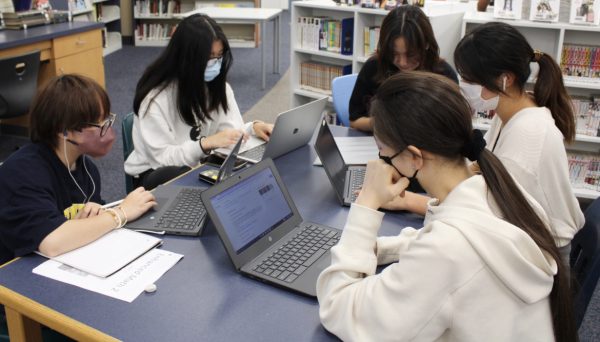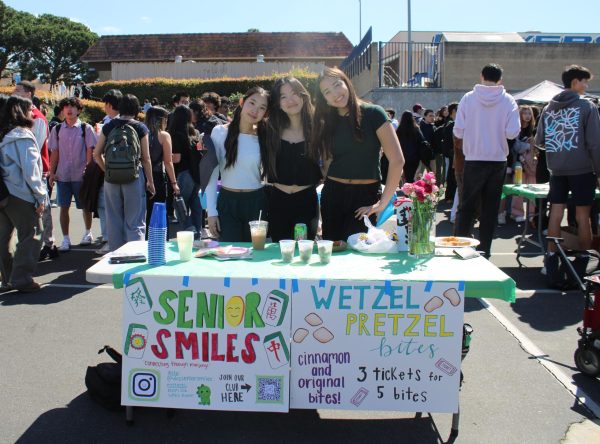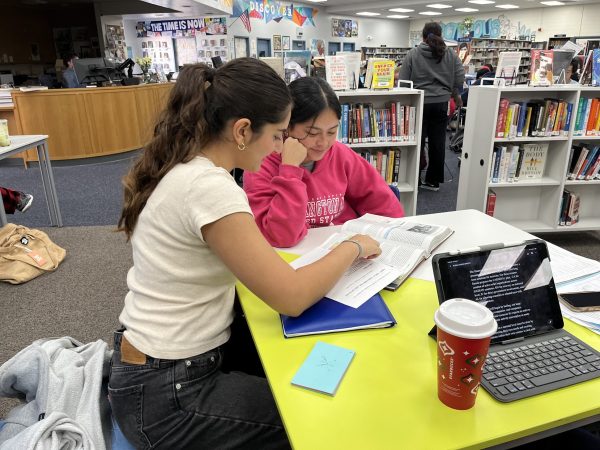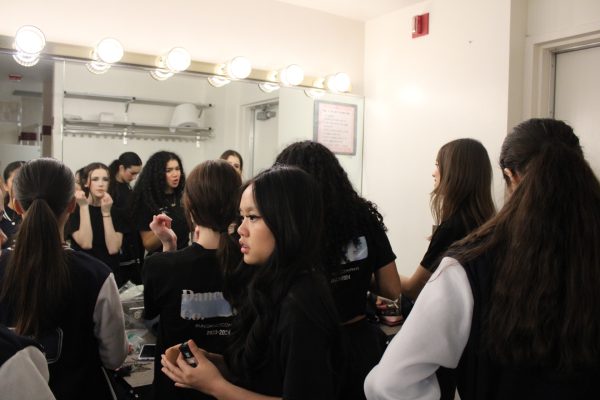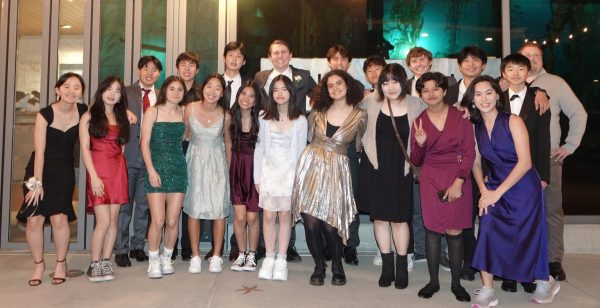What’s in the Share Bin?
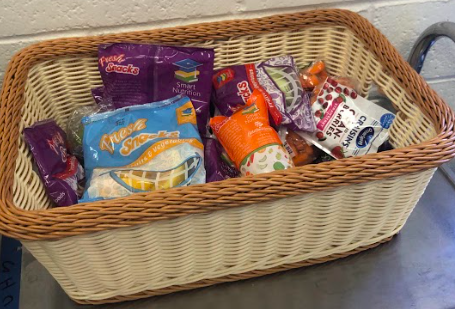
The share bins carry foods that are unwanted by some students which other students can take and eat for themselves.
November 4, 2022
After getting food and punching in one’s ID number, the final stop for many leaving the cafeteria is adjacent to the exit — the share bin. With students being required to take both an entree and a vegetable or fruit to qualify for the free meal UHS offers students, the share bin is often home to packages of carrots, boxed raisins and other items students are disinterested in consuming. Essentially, the share bin allows students to leave food for peers who may be more interested in eating it instead of throwing the food away.
“Food Waste Warriors,” a 2019 report conducted by the World Wildlife Fund, estimated that United States school food waste totals 530,000 tons per year and costs as much as 9.7 million dollars a day to manage. To counteract this, the share bin secures its place on campus by preventing food that students do not want from immediately being thrown away.
Cynthia Ospino, a member of the cafeteria staff at UHS, explained that food deposited in the share bin is not thrown away at the end of the day, so long as it is in good condition and has not reached its expiration date. This helps to conserve the amount of food waste produced and allows food that others may want to be reused instead of wasted.
However, with such a large amount of food waste being disposed of at schools each year, one question remains: what are UHS students putting in the share bin that would normally contribute to waste?
Student-coordinated data collection on the end-of-lunch contents of the share bin over a week totaled bagged sliced oranges to be the most numerous item, coming in at exactly 33 percent of the bin’s total contents. The runner-up, also produced by Smart Nutrition, was found to be the bagged honeydew and cantaloupe, at 25 percent of the total. Raisins and craisins cumulatively made up 20 percent of the total, with craisins making up a slightly larger part of what has been left behind, while carrots and grapes comprised 7 percent and 5 percent respectively. Miscellaneous drinks, including chocolate milk and orange juice, made up 6 percent of the bin, while meal items like salads and cheesy pull-apart bread came in at only 4 percent of the total. As a whole, 90 percent of the share bin’s contents are fruits and vegetables.
The distribution of food items is not entirely surprising. Since the 2010 Healthy Hunger-Free Kids Act instituted a minimum on fruit, vegetables and whole grain servings, these items are most frequently left behind. In line with a 2015 Public Health Report, it has been found students trash more fruits and vegetables when they’re forced to take them under a school lunch mandate. As they are mandatory to take, they are also quickly discarded, explaining the large quantity in the bin.
“[I don’t like the fruit, because it’s] in a plastic bag . . . if I didn’t get it in the first place, that means I didn’t want it in the first place,” junior Selina Xu said.
On the other end of the spectrum, senior Ella Huang provided a unique insight as an individual who takes items from the bin and leaves non-produce.
“I usually get things from the share bin because sometimes people leave the good stuff,” Huang said. “And sometimes I just want fruit. Like when they were having full peaches, I just took a peach and left the free pop tart I got in the share bin.”
Although students may be mixed in their reasoning behind using the share bin, head of lunch staff Andrew Morrison believes that it positively impacts the UHS campus.
“You’ll see random kids come by and load up their bags with craisins or fruit or grab an extra juice,” Morrison said. “Some people just want the juice, they’ll toss their whole meal in there and we see kids come back and grab some pretty often, and staff come through and grab some fruit. I understand kids’ complaints that we’re making them take something they don’t want, but I’ve found that if you make them take it, a higher percentage of kids will actually eat it.”
Even if many students would prefer to dispose of their mandatory fruit sides, the fact schools provide fruits and vegetables helps to mitigate barriers students may experience that prevent them from meeting their daily produce intake, such as income level or the availability in the home. If you are considering throwing out your fruit, keep in mind that plenty of others, students and staff, could find value in it instead. Don’t throw it out — share it around.





